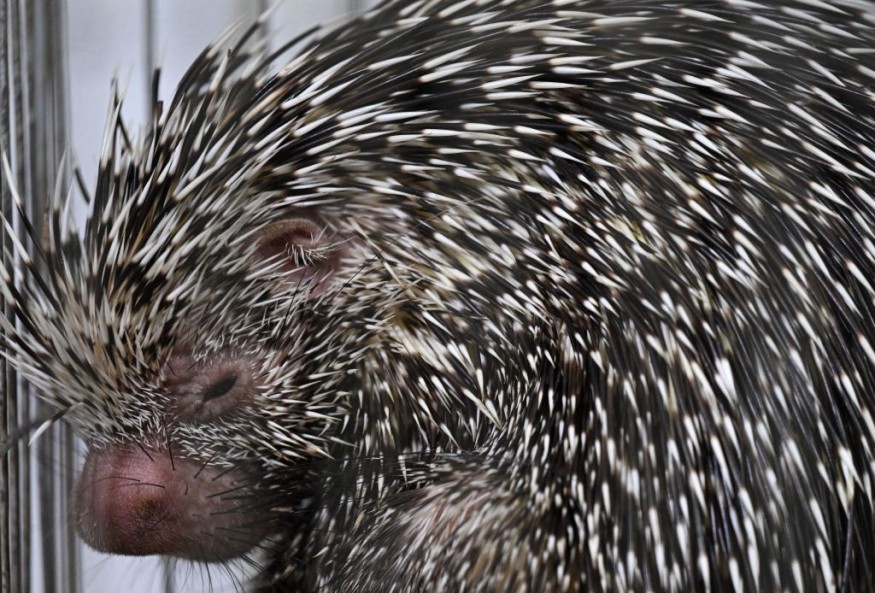The Amazon porcupines are small and elusive animals. Discovering the Roosmalens' dwarf porcupine (Coendou roosmalenorum) behavior can help better conservation and protection efforts amidst the threat of habitat loss.
Using advanced technology and analysis, experts can improve the monitoring and discovery of many species, including the evasive Coendou roosmalenorum.
Elusive Amazon Porcupine

Porcupines, small rodents, are recognizable by the sharp quils in their bodies. The quills warn and defend themselves from potential predators. The quills are challenging to remove for animals.
They live in rainforests, forests, brush, deserts and grasslands. The animal is shown to be more active during the day.
The largest species of porcupine is the North African crested porcupine, growing up to 90 centimeters long. On the other hand, the Roosmalens dwarf porcupine is known as the smallest porcupine species. They are recognizable by their black color.
According to Fernando Heberson Menezes, they discovered new information about the said porcupines, especially since they lacked knowledge about them. Menezes is the research's lead author.
Researchers explained that there is little known about the Roosmalens' dwarf porcupines. The research results were published in the Zookeys journal. The said porcupine is believed to be a member of the subgenus Caaporamys.
At first, the Roosmalens dwarf porcupine was first thought to thrive in areas in the Madeira River and Brazil's Amazon. There is not enough information about them. The researchers also emphasized that the said porcupine is found in Southern Amazonia.
Based on the Union for Conservation of Nature (IUCN), the bristle-spined porcupine and Philippine Porcupine are other vulnerable species.
Furthermore, understanding the Amazon porcupine habitats can help increase information about them, enabling effective conservation efforts for the small rodents.
Researchers explained that the Neotropical porcupines are challenging to observe or catch because they can evade possible traps.
New species of the Spiny Mouse in Northwest Ecuador
According to recent reports, researchers uncovered a new species of spiny mouse with a noticeable long tail. They found the species near the Choco regions in Northwestern Ecuador.
The findings were published in Zookeys journal. The spiny mouse is tiny in appearance, but they are good evaders of their potential predators.
The name of the spiny mouse was inspired by Marc Hoogeslag of Amsterdam, who devoted time and effort to wildlife conservation.
Strange Big-Eared Brown caught after challenging capture
The environment is full of unknown species. Recently, researchers found a species of Strange Big-Eared Brown after they were thought extinct. The bat had been hidden from capture for about 100 years.
The International Union for the Conservation of Nature listed the said bat as data insufficient. The discovery can bring significant insights into the bat's behavior and population.
For more similar stories, don't forget to follow Nature News.
© 2025 NatureWorldNews.com All rights reserved. Do not reproduce without permission.





